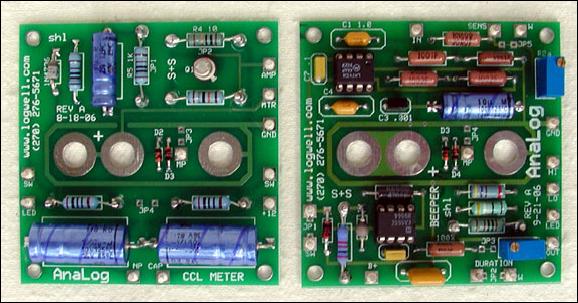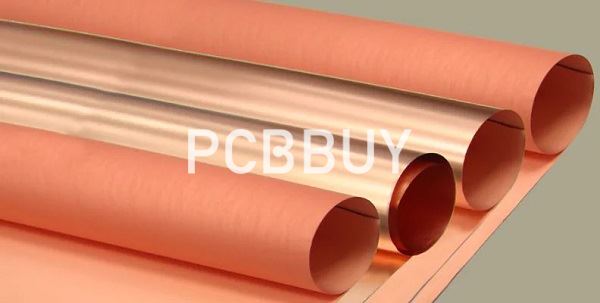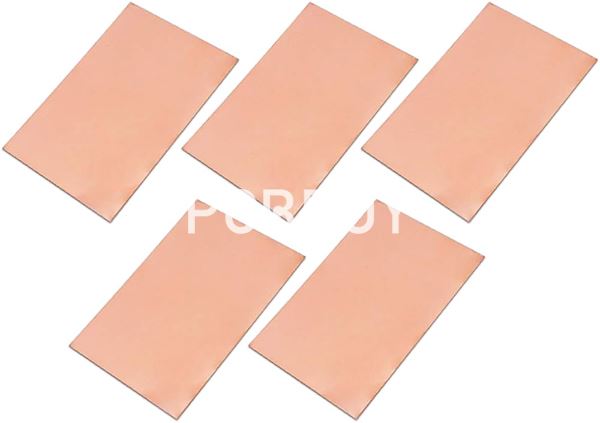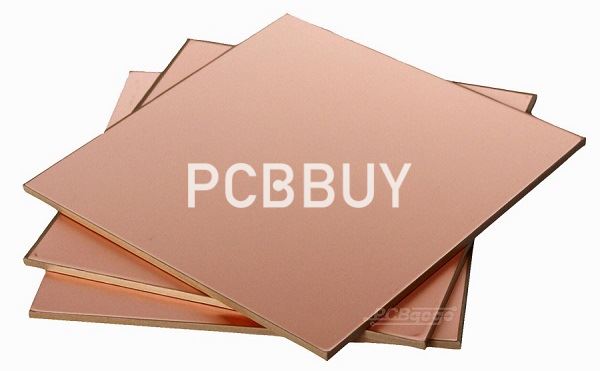CCL in PCB
By:PCBBUY 08/02/2021 09:24

As a type of multi-function electronic laminated composite material, CCL is a type of board-type material composed by reinforcing material (glass fabric, fiber paper, glass fiber paper etc.) that is soaked into resin (primarily epoxy resin). Then they go through baking in order to generate prepreg that will be cut, laminated and coated with copper through high temperature, high pressure and high vacuum.
In this passage, check and read for everything about CCL in PCB.

What is the definition of CCL?
CCL plays a role as a leading fundamentally raw material contributing to materials for PCB fabrication, performing four functions including conductivity, insulation, supporting and signal transmission and determining PCB performance, quality, fabrication level, fabrication cost and long-term reliability etc. Constant development of PCB boards and increasing application demands of terminal electronic products gradually bring forward new technological demands for CCL, simultaneously providing driving force to technological development and fabrication technology progress of CCL.
What are the types of CCL?
Epoxy Resin Based CCL
Although CCLs come in numerous types, they primarily come in epoxy resin base CCL that accounts for over 70% of all CCLs. Leading categories of epoxy resin glass fiber CCL include G-10, G-11, FR-4 and FR-5; leading categories of epoxy resin paper base CCL include FR-1 and FR-3; leading categories of epoxy resin composite CCL include CEM-1 and CEM-3; leading categories of high-performance and multi-functional epoxy resin glass fiber CCLs include high-Tg FR-4 (Tg: 175°C), lead-free compatible FR-4, high CTI, CAT resistance, high thermal conductivity, FR-4 used for HDI (high density interconnect) substrate, polyimide modified epoxy, BT modified epoxy, PPO modified epoxy, CE modified epoxy glass fiber CCL and epoxy glass fiber prepreg and RCC used for multi-layer PCBs and BUM PCBs.
CCL's Requirement on Epoxy Resin
As one of key substrate materials for electronic devices, the key function of CCL lies in insulation providing to traces and electronic products. Apart from performance upgrading requirement due to constant progress of technology, epoxy resin features the following fundamental demands: high purity, low humidity and mechanical strength.

High purity is such a significant fundamental demand which mainly concerns epoxy resin alkali metal (Na+) content and chlorine content that are rigorously required. However, most electronic-grade epoxy resin in the modern market has performed excellently enough in terms of alkali metal and chlorine content control. The key issue occurs to hydrolysable chlorine ions. Due to hydrolysable chlorine ion precipitation from epoxy resin, erosion will be accelerated on electronic devices under the action of water, which dramatically reduces electronic products' life span.
CCL's New Requirement on Epoxy Resin
To cater to fast development of electronic information industry, electronic products and circuit assembly have to climb to a new stage, which leads PCB fabrication technology move towards microvia, fine trace, high-density tracing and high and multiple layers and brings forward new requirement to CCL in terms of thermal withstanding, low CTE, high dimensional stability and low dielectric loss. As a leading raw material of CCL, epoxy resin also faces more demands of new technology.
·Liquid Crystal Epoxy Resin
Along with continual development of PCB on high density and multiple layers, board space for components to be assembled on dramatically shrinks. Electronic machines lay increasingly higher demands on component power and large power will lead to heat accumulation with electrical performance of components go down or even destroyed. Besides, some base boards require CCLs to be able to work under a high temperature for long time such as LED base board, new-type power module, automotive electronics and high-density IC packaging base boards. Thus, high thermal conductivity is extremely significant as far as CCL is concerned.

CCL obtains high thermal conductivity primarily in two ways. One is to add inorganic filler with thermal conductivity to resin component and thermal conductivity is achieved through heat conduction channel formed by tight piling of filler in resin. The other way is to take advantage of resin with high thermal conductivity to obtain its thermal conductivity through thermal carriers as resin's complete crystallization leads to lattice vibration. When the first method is used alone and filler volume exceeds critical volume fraction, although CCL features high thermal conductivity, other performances will be obviously decreased. Thus, resin with thermal conductivity introduction will be beneficial to its thermal conductivity achievement.
What is the trend of CCL in PCB?
CCL technology has developed for almost one hundred years and its development can never be achieved without the progress of PCB industry. Innovative development of electronic machine products, semiconductor fabrication technology, electronic assembly technology and PCB fabrication technology has been driving the development of CCLs. Essentially, the development momentum of CCLs derives from electronic packaging engineer and technology, which means that rapid improvement on light weight, thinness, miniaturization, high performance, multiple functions, high reliability and IC chip performance plays a radical role in promoting high-speed development on electronic packaging technology.
Fast development of electronic packaging technology calls for higher and more rigorous demands and drives CCLs develop towards miniaturization, light weight, high speed, highly thermal dissipation, high temperature withstanding, greenization, CAF withstanding, CTI withstanding, high intensity, high modulus, multiple functions and high reliability.
Industry Category











